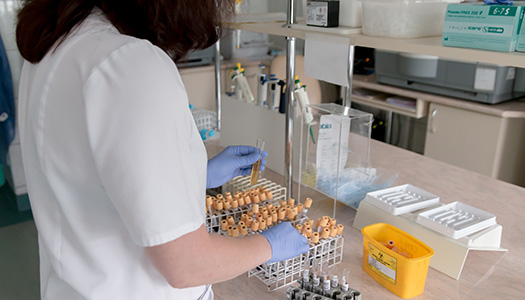Ebola Virus Symptoms and Homeopathy Treatment – A Holistic View from Navi Mumbai 🌿
Heard of Ebola and instantly felt a jolt of anxiety? You’re not alone. Much like swine flu did a few years ago, the Ebola virus created global panic with headlines, WhatsApp forwards, and dinner table conversations all buzzing with dread.
Let’s demystify this viral villain and explore how a natural, holistic approach like homeopathy can offer prevention support and immunity.
What is the Ebola Virus?
Ebola is a deadly viral infection named after the Ebola River near the Democratic Republic of Congo, where it first emerged. The 2013–2014 outbreak in Africa went undetected for months and soon spread to multiple countries—including Japan, China, Nigeria, and concerns even in India.
How Does Ebola Spread?
The virus doesn’t travel through air like the flu. Instead, it spreads through:
- Contact with blood or body fluids of infected animals like monkeys and fruit bats.
- Direct contact with infected humans’ blood, secretions, or mucous membranes (including broken skin).
- Contaminated environments (e.g., hospitals, tools, clothing).
- In some cases, infected men carry the virus in semen for up to 7 weeks!
Symptoms to Watch Out For 👀
Early Signs (2–21 days after infection):
- Fever, sore throat, vomiting, nausea
- Headache, muscle pain, and fatigue
- Impaired liver and kidney function
Severe Complications:
- Bleeding from gums, eyes, or internal organs
- Red eyes, bloody vomit, and bruising under the skin
- Multi-organ failure, especially if left untreated
⚠️ The fatality rate ranges from 50% to 90%. Timely supportive care can save lives.
Can Ebola Be Prevented?
Prevention is the best cure! 🛡️ Here’s what helps:
- Avoid raw or undercooked meat and wear protective gear while handling animals
- Properly dispose of infected animal remains
- Wash hands thoroughly, especially when in contact with infected individuals
- Use gloves and disinfect surfaces regularly
Is There a Cure?
Unfortunately, no specific antiviral cure exists for Ebola. Treatment is mostly supportive, including:
- Oral rehydration with salt and sugar solution
- IV fluids to prevent dehydration
- Monitoring organ functions
The Role of Homoeopathy 🩺
At Ashwini Homoeopathy, Navi Mumbai, we believe prevention starts from within. Homeopathy can:
- Boost natural immunity in individuals under constitutional treatment
- Offer symptom-based remedies for those already affected
- Reduce complications by supporting the body’s defense mechanisms
🔗 Want to know how homeopathy helps with other infections too? Read Dengue Treatment by Homoeopathy or What is Homoeopathy
Common Remedies Used
Homeopathic medicines are always prescribed based on individual symptoms, but common choices may include:
- Eupatorium perfoliatum – for fever with body aches and bone pains
- Arsenicum album – when symptoms involve restlessness, fear, and fatigue
- Crotalus horridus – for hemorrhagic symptoms
- Ipecac, Hamamelis, Rhus tox – based on bleeding and weakness
📍 Serving patients in Navi Mumbai and across India with a natural and holistic approach to wellness.
📞 Call us at 9820577533 or Book an Appointment today.






